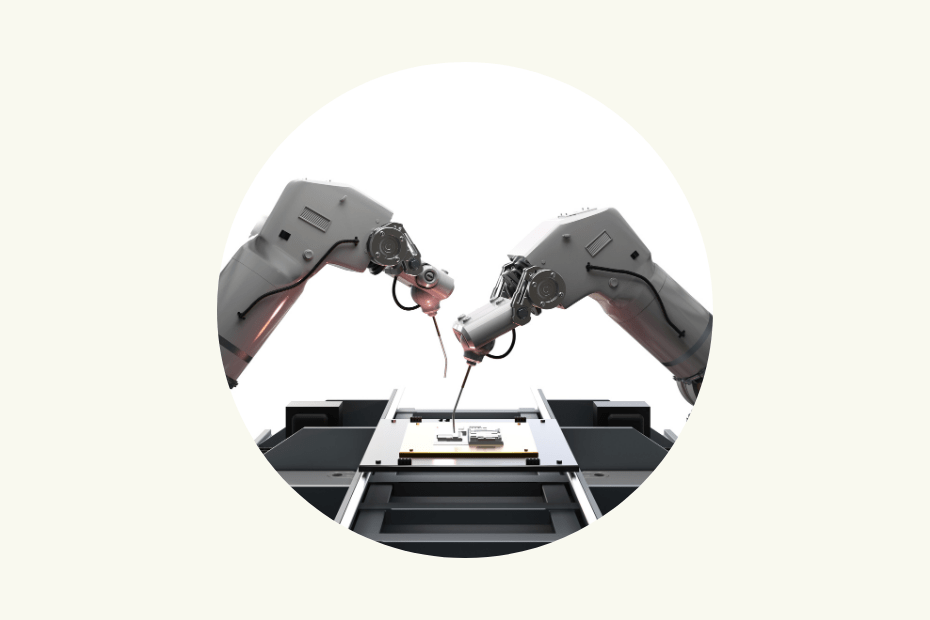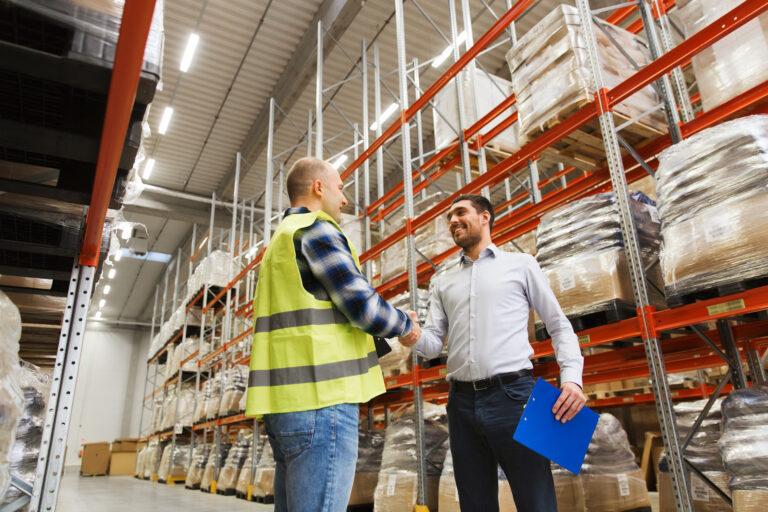Embracing Automation Responsibly: The Future of Work in Light Industrial and Warehouse Sectors
As automation and artificial intelligence (AI) become commonplace in our everyday lives, job security uncertainty is on the rise. “Will a robot take my job?” is no longer some hypothetical question that seems far-fetched; it is a very real concern, especially within the industrial and warehouse sectors.
The integration of automation technologies continues to reshape traditional workflows. As businesses leverage robotics, AI-driven systems, and automated machinery, it’s essential to understand the impact and opportunities that automation presents companies and workers alike.
The Current Automation Landscape
Automation is rapidly transforming light industrial and warehouse settings. According to a recent report by Deloitte, nearly 75% of manufacturing and logistics companies are implementing automation to increase efficiency and reduce costs. Robotics, in particular, is predicted to be a key driver of change in these sectors.
How Automation Creates Opportunity The benefits of automation extend beyond efficiency gains. A study by the International Federation of Robotics highlights that automation in warehousing can lead to a 15-30% increase in productivity, allowing workers to focus on more complex tasks while minimizing the risk of physical strain and injuries. This shift also contributes to reducing workers’ compensation costs for businesses. With fewer physical tasks prone to causing injuries, the incidence of workplace accidents and related compensation claims decreases.
Job Displacement Concerns
Despite the advantages, concerns about job displacement persist. However, research by the Brookings Institution suggests that while automation may eliminate certain tasks, it also creates new job opportunities, particularly in roles that require technical skills and adaptability.
At BelFlex, we recognize the evolving demands of the light industrial and warehouse sectors. We are committed to providing skilled candidates who not only excel in traditional roles but also demonstrate adaptability and a willingness to embrace new technologies.
Upskilling Workers to Prepare for Automation
To navigate this transition responsibly, companies are focusing on upskilling initiatives. For instance, DHL’s Resilience360 Academy provides training programs to equip employees with the skills needed to work alongside automated systems effectively.
Investing in workforce development is crucial. Employers are, and should be, planning to upskill their workforce in response to this automation surge, emphasizing the importance of continuous learning in preparing for the future of work.
Collaboration Between Workers and Machines
The concept of human-robot collaboration (HRC) is gaining traction, showcasing how workers can leverage automation to enhance productivity. For instance, cobots (collaborative robots) are being used to assist workers in picking and packing tasks, improving efficiency without replacing human workers.
Looking Ahead: Automation and Workforce Development
Looking ahead, the future of work in light industrial and warehouse sectors will continue to evolve with advancements in technology. Emerging trends like autonomous mobile robots (AMRs) and predictive analytics will further optimize operations, enabling businesses to adapt to changing market demands more efficiently.
The successful integration of automation hinges on responsible practices and workforce development. At BelFlex, we’re committed to supporting our clients and workers through these transitions by providing insights and solutions tailored to the evolving landscape of work.
For more information on how we can help your business navigate the future of work in the light industrial and warehouse sectors, reach out to us. Let’s embrace the opportunities of automation while ensuring the well-being and growth of our workforce.







